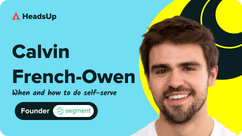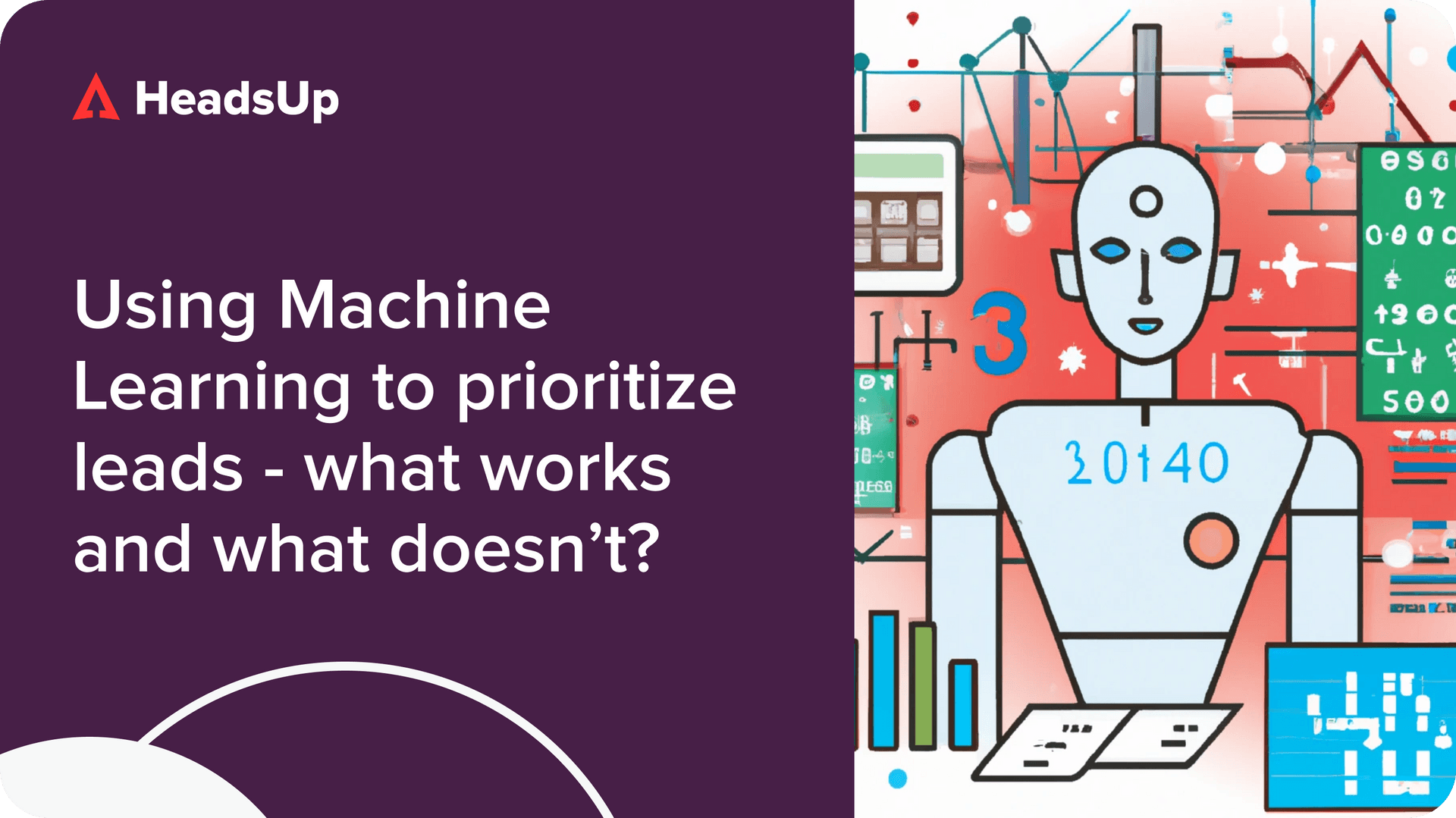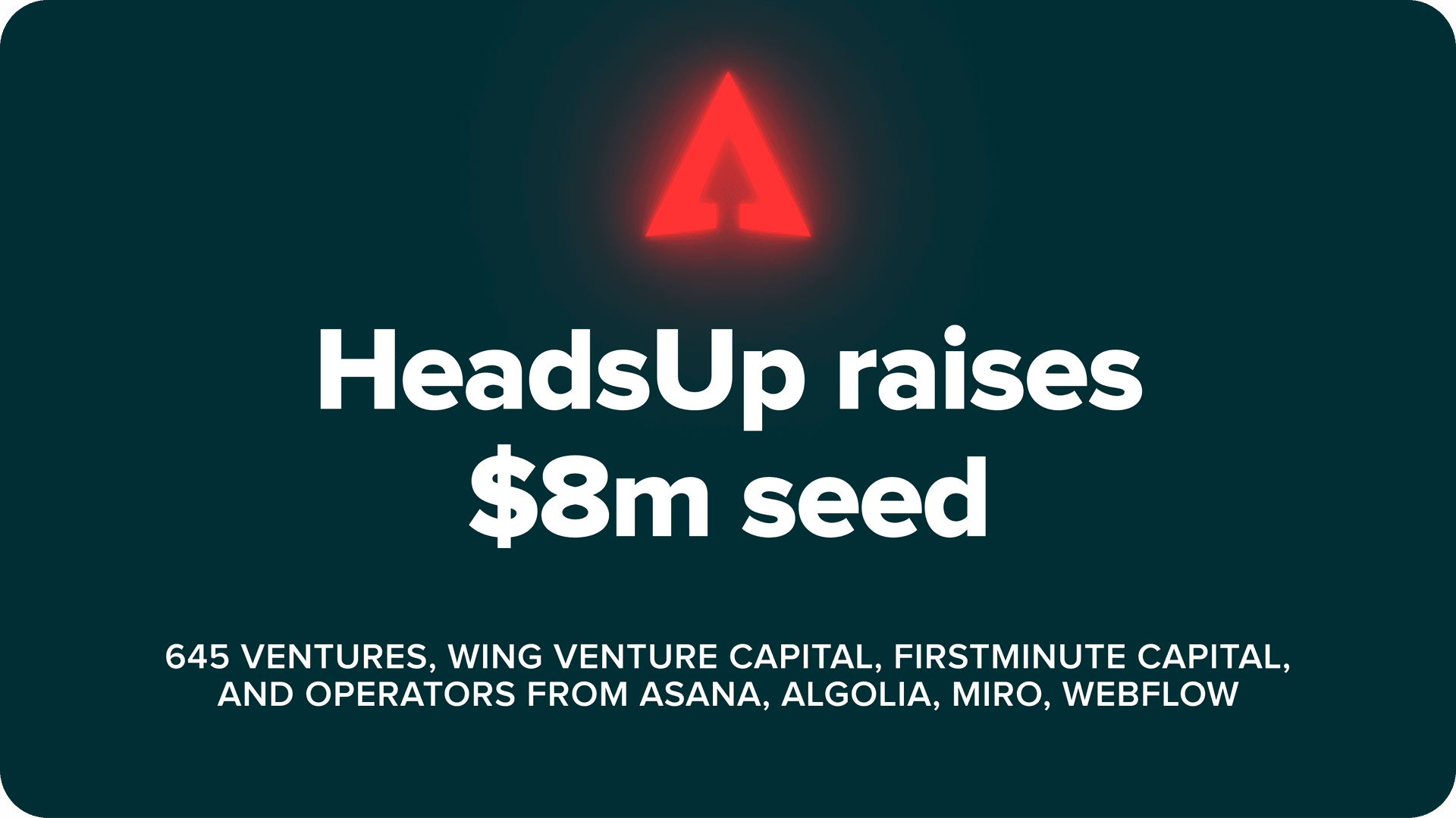With more than 15,000 SaaS companies worldwide and over a thousand new start-ups emerging every year, the software market is getting crowded, fast. Competition has surged and along with it, customer acquisition costs.
With so many alternatives available, buying psychology is changing too. Customers now expect to be able to use a product, and assess how it adds value to their organisation, before committing to pay.
Together, these two factors have contributed to the explosive popularity of product-led growth models and bottom-up sales. A central element in such revenue models is the concept of a self-serve funnel – in which prospective customers become free users, and then upgrade into paying customers, all without ever getting on a sales call or demo.
While that might sound rather hands-off, a great self-serve funnel is in fact all about careful design. It involves considering each and every customer touchpoint, then streamlining them to make the activation and buying experience as frictionless as possible.
When done right, however, it can be a powerful growth driver. Just ask Calvin French-Owen, co-founder of Segment, which was acquired for a whopping $3.2 billion by Twilio. In this article, we cover some tips Calvin shared with us on the Product Led Sales podcast for getting the most value out of your self-serve motion.
When and why should SaaS start-ups build a self-serve motion?
More than just an alternative to enterprise sales, a self-serve motion can and should be part of your overall business strategy. Here’s Calvin’s decision framework, which spells out 3 instances in which it can be strategic.
First, a self-serve motion can act as a feeder tool—as a way to quickly gain a bigger base of users, with the expectation that some of these will “graduate” and become big enterprise contracts later.
For instance, a large number of Segment users who grew into giant enterprise customers started out on the self-service plan, paying just $10 a month.
Second, it can serve as a pure marketing tool—where you don’t actually expect your audience to upgrade but rather, help spread your product virally through word of mouth. In this case, the more users you have, the better.
Third, it can be an effective entry barrier—if you’re worried about another competitor coming in from the bottom of the market to disrupt you, Calvin says, it’s useful to build relationships with and “own” your smaller self-serve users.
Segment was a hybrid of the first two, but whether a self-serve motion is right for you is very dependent on your company, and who your buyer is, he qualifies.
“But if a company can have a self-service flow, and their buyers expect to buy that way, that’s the strongest position you can be in,” Calvin affirms.
Why is a self-serve motion so powerful?
For early-stage start-ups especially, having a self-serve motion can be a great way to find out whether your product is resonating with users, and in particular, which kinds.
Before Segment, Calvin shares, the team had been building a range of different analytics tools for 14 months. “We never launched anything. And we got really burnt out on it and almost gave up and almost quit.”
The entire time, they were reaching out to different start-ups they admired, and trying to get these start-ups to use their products.
“The difference when we launched Segment is that all of our early users were not the people who we expected at all,” he recalls. “They’re just people who came out of the woodwork who said, something we said resonated with them.
“For most start-ups, it’s a better strategy to just launch something and see who else is on your wavelength, rather than try and find the exact right person. Because chances are, you’re probably wrong.”
His tips? Launch early, make sure people know about your product, and incorporate a self-serve motion—for instance, a free trial or a freemium model. Make it as easy as possible for users to extract value from your product.
How else can I leverage my self-serve motion to find product-market fit?
Say you’ve built up a decent base of self-serve customers. Now’s the perfect chance to leverage user feedback to further refine your product.
Self-serve users are a great audience to get feedback from, Calvin says. Because unlike big enterprise customers, self-serve customers tend to be faster moving.
“They are just ready to come in, they’re typically a younger, smaller stage of company. And they’re excited to try out new beta features more often,” he shares. “A lot of times, we would build product development based on their feedback.”
To fully maximize Segment’s self-serve motion, Calvin and team even enabled livechat to get a constant stream of feedback. Users kept asking for more features, and they kept on building.
Segment’s strategy was so successful that the team only hired for customer success and sales eleven months and thousands of self-serve users later—and that helped propel them to the next stage of growth. What should product-led companies like Segment watch out for when layering on enterprise sales? Read about what another PLG leader, Rewatch VP of Revenue Pete Prowitt, has to say on why, when and how to do it.


